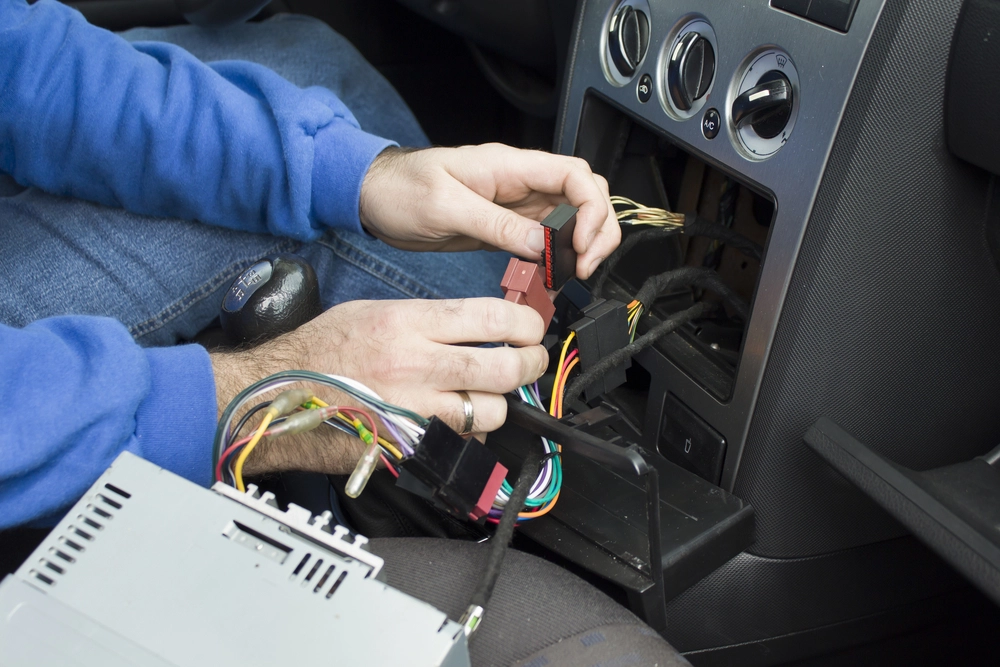
Modern cars are becoming more advanced and intricate with every passing year, making them a marvel of engineering. However, along with their sophistication comes the risk of experiencing a variety of electrical problems. Electrical faults in cars can be a source of great frustration for drivers, as they can be challenging to diagnose and fix. In this article, we’ll be discussing some of the most frustrating car electrical problems and providing tips on how to fix them.
1. Dead Battery
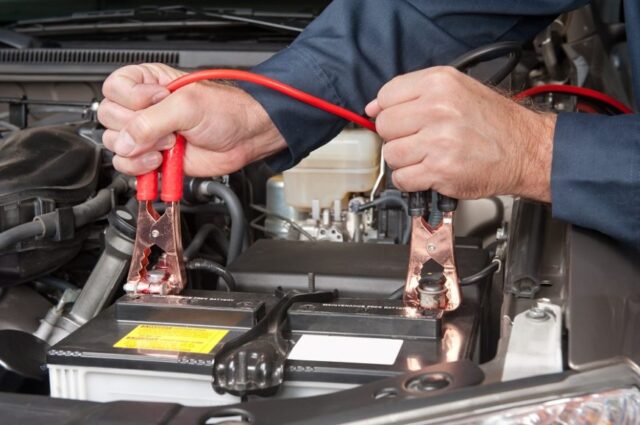
A dead battery is one of the most common problems. It can happen due to a variety of reasons, including leaving the lights on overnight, a faulty charging system, or old age.
To fix a dead battery, you can use jumper cables to jump-start the car. If that doesn’t work, you may need to replace the battery. If your battery is relatively new, it could be an alternator issue, and you’ll need to get it checked by a professional mechanic.
2. Faulty Alternator
Your car’s alternator is responsible for keeping the battery charged while the engine is running. A faulty alternator can cause the battery to die quickly and make it difficult to start the car.
To diagnose a faulty alternator, you can use tools from Pelican Diagnostics to check the voltage of the battery while the vehicle is running. If the voltage is less than 13 volts, your alternator is likely faulty. You’ll need to get it replaced to avoid further damage to your car’s electrical system.
3. Starter Motor Problems

The starter motor is responsible for turning the engine over when you turn the key. A faulty starter motor can cause the engine not to start or take a long time to start.
To diagnose a faulty starter motor, you can listen for a clicking sound when you turn the key. If you hear a clicking sound, the starter motor likely needs to be replaced.
4. Malfunctioning Ignition Switch
The ignition switch is responsible for turning on the car’s electrical system and sending power to the starter motor. A faulty ignition switch can cause the vehicle not to start or die while you’re driving.
You can try turning the key while wiggling it. If the car starts, it’s likely that the ignition switch is faulty and needs to be replaced.
5. Blown Fuses
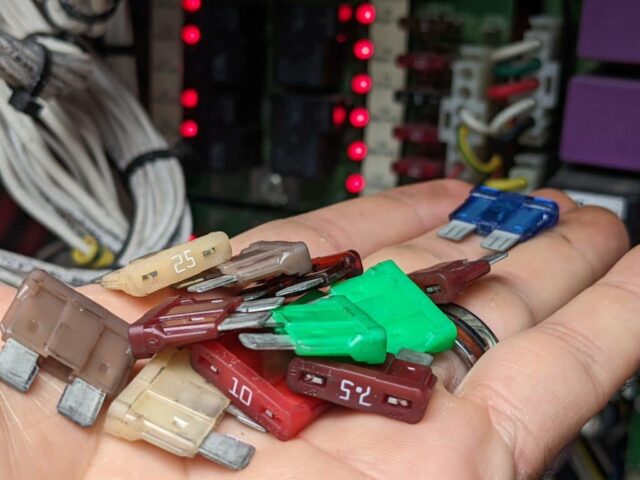
Fuses are responsible for protecting your car’s electrical system by preventing electrical overload. A blown fuse can cause a variety of problems, including malfunctioning headlights, radio, or power windows.
To fix a blown fuse, you can use a fuse tester to determine which fuse is faulty and replace it. Be sure to use the correct fuse size for your vehicle.
6. Bad Spark Plugs
Spark plugs are responsible for igniting the fuel in your engine. Bad spark plugs can cause the engine to misfire, reduce fuel efficiency, and cause the check engine light to come on.
You’ll need to replace them with new ones. You can do this yourself by removing the old spark plugs and replacing them with new ones.
7. Faulty Sensors
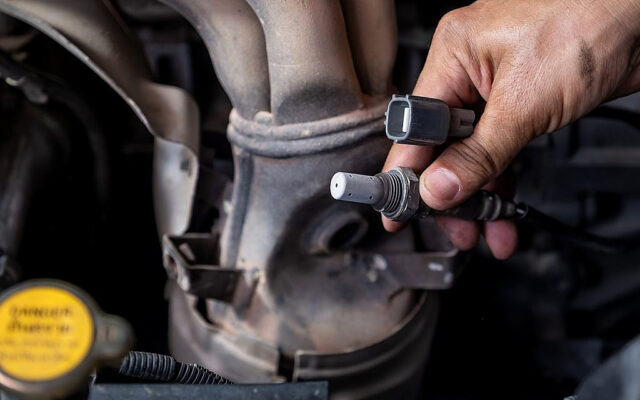
Modern cars are equipped with numerous sensors that monitor different aspects of the car’s performance. Faulty sensors can cause a variety of problems, including reduced fuel efficiency, engine misfires, and problems with the transmission.
For this issue, you’ll need to use a diagnostic tool that can read the codes stored on your car’s computer. Once you have the codes, you can determine which sensors are faulty and replace them. It’s best to take your car to a professional mechanic or use a diagnostic tool like Pelican Diagnostics to accurately diagnose and fix sensor problems.
8. Broken Wiring
Broken or frayed wiring can cause a variety of electrical problems in your car, including blown fuses, malfunctioning lights, and problems with the ignition system.
You’ll need to locate and repair the damaged wires. You can use a wire stripper to remove the damaged portion of the wire and splice in a new section. It’s essential to use the correct wire gauge and color coding to ensure your repair is safe and effective.
Conclusion
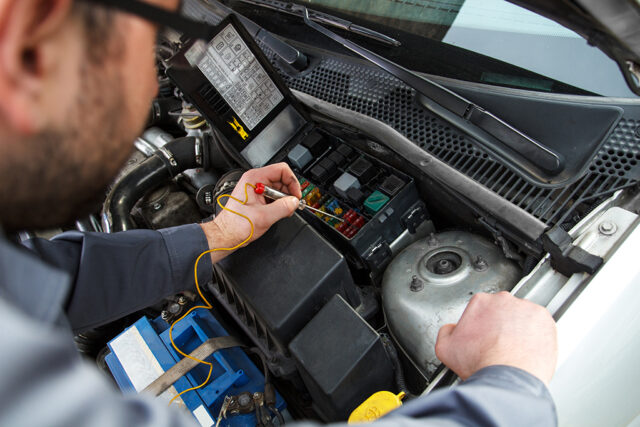
Car electrical problems can be frustrating, but they’re not insurmountable. With the right tools and knowledge, you can diagnose and fix many of these issues yourself. However, if you’re not comfortable working on your car’s electrical system, it’s best to take it to a professional mechanic.













